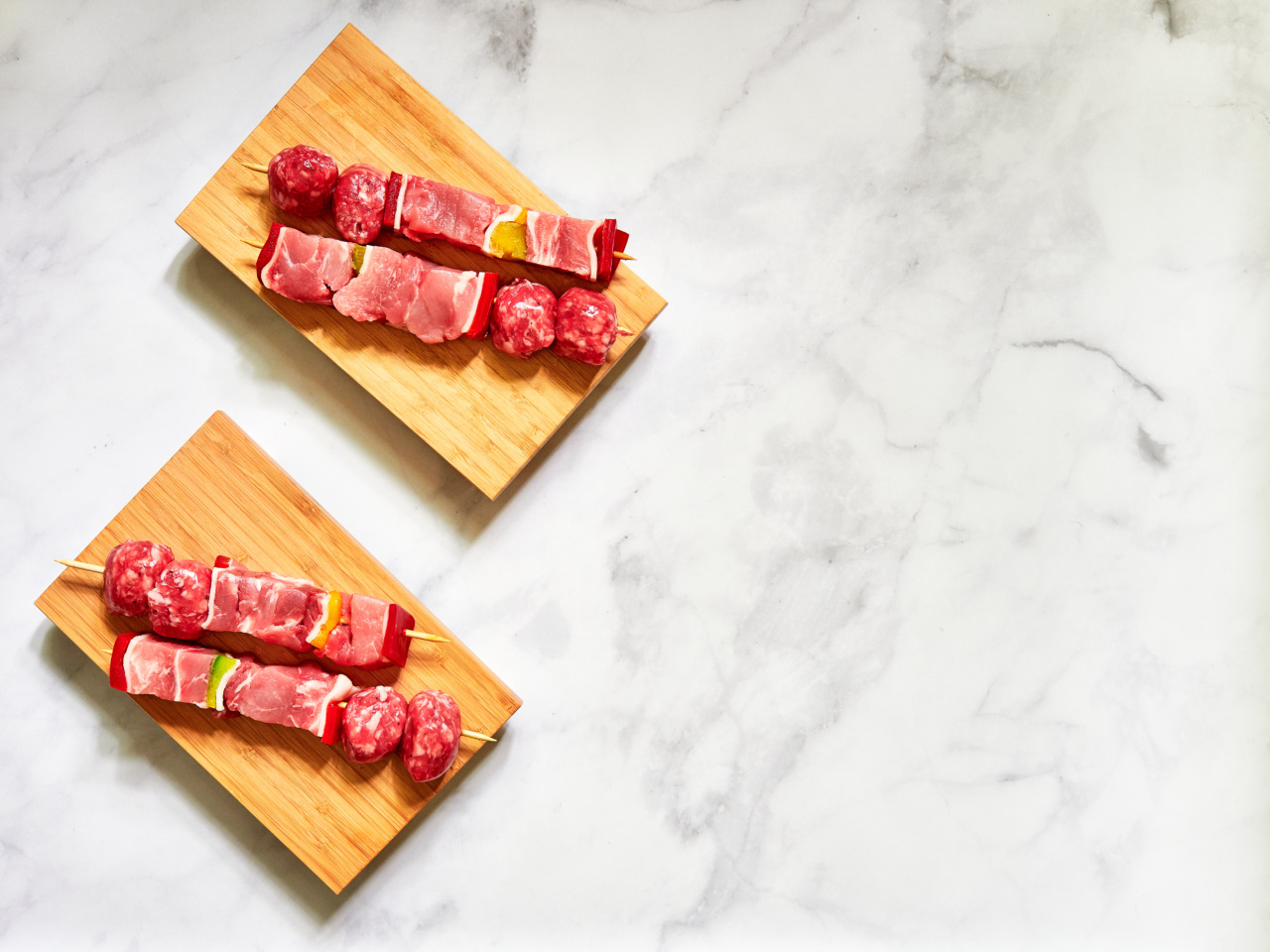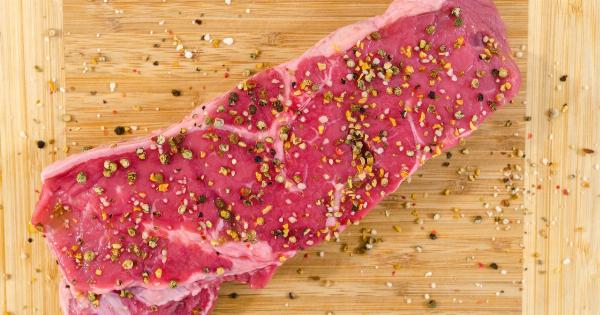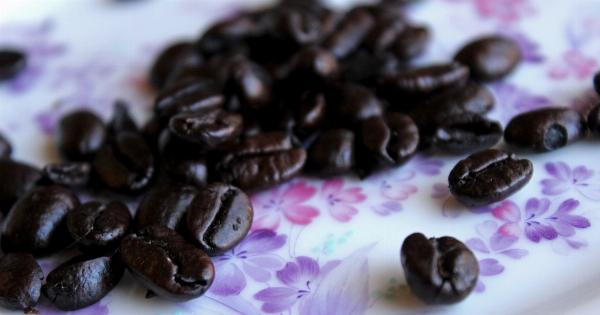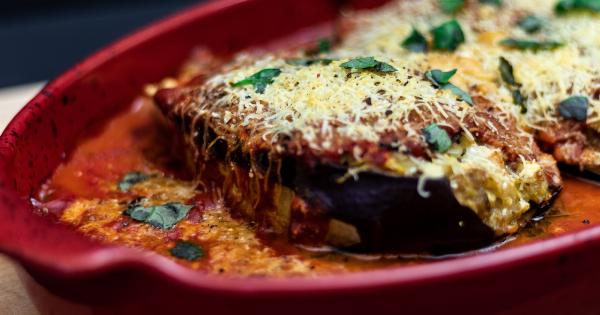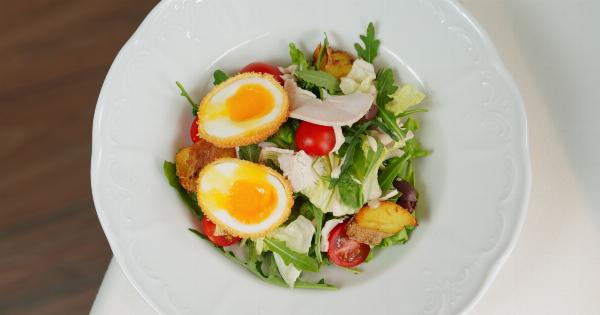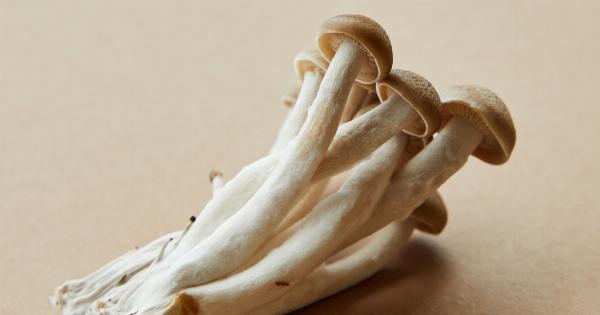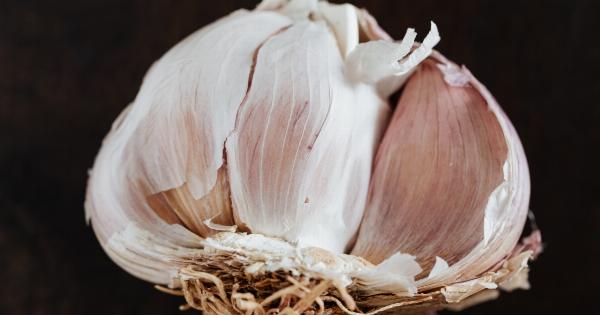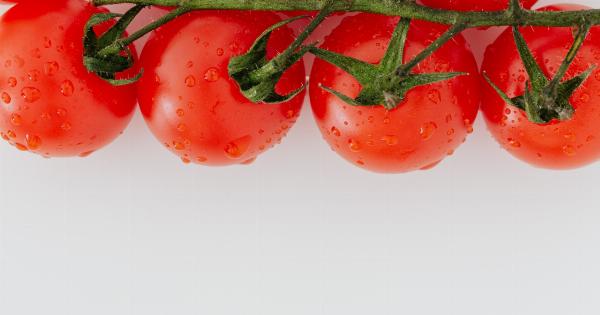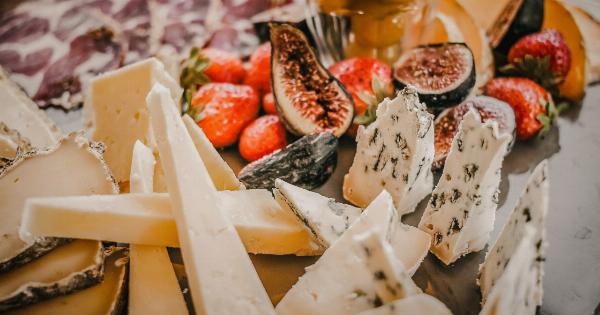Cooking red meat can be a truly delightful and satisfying experience. Whether you’re a seasoned chef or a beginner in the kitchen, mastering the art of cooking red meat can elevate your culinary skills to new heights.
From selecting the perfect cut of meat to getting the ideal flavor and tenderness, this ultimate guide will equip you with everything you need to know to cook red meat like a pro.
1. Choosing the Right Cut
When it comes to cooking red meat, the first step is selecting the right cut. Different cuts of red meat have varying levels of tenderness, flavor, and fat content.
For a tender and juicy result, consider popular cuts like ribeye, tenderloin, or strip steak. If you’re aiming for a more affordable option, chuck roast or flank steak can still deliver delicious results when cooked properly.
2. Preparing the Meat
Before cooking your red meat, it’s essential to prepare it properly. Start by allowing the meat to reach room temperature, as this ensures even cooking.
Pat the meat dry with a paper towel to remove any excess moisture, which helps in achieving a better sear. If desired, season your meat with your favorite spices or marinades and allow it to rest for a while to let the flavors infuse.
3. Seasoning and Flavoring
Red meat is incredibly versatile and can be flavored in various ways. For a classic and simple approach, a generous sprinkle of salt and pepper can enhance the natural meat flavors.
You can also experiment with different spice rubs, marinades, or even brining for a more intense flavor profile. Don’t forget to consider the cooking method you’ll be using, as some flavors may complement certain cuts better than others.
4. Cooking Techniques
There are several techniques you can use to cook red meat, each yielding different results and flavors. Some popular methods include:.
4.1 Grilling
Grilling is a fantastic way to cook red meat, particularly steaks. Season the meat, preheat the grill, and cook the steaks to your desired level of doneness.
Remember to flip the meat only once and let it rest for a few minutes after cooking to allow the juices to redistribute.
4.2 Roasting
Roasting is ideal for larger cuts of red meat or whole roasts. Preheat the oven, season the meat, and place it on a roasting rack in a shallow pan. Cook at a specific temperature and duration depending on the cut and desired level of doneness.
Use a meat thermometer to ensure accuracy.
4.3 Pan-searing
Pan-searing is a popular method for cooking red meat cuts like sirloin or tenderloin. Heat a cast-iron skillet or heavy-bottomed pan, add a small amount of oil, and sear the meat on high heat for a few minutes on each side.
Finish cooking in the oven for a perfect result.
4.4 Braising
Braising is perfect for tougher cuts of meat that require long, slow cooking to become tender. Sear the meat to lock in flavors, then cook it in a liquid (such as broth, wine, or sauce) at low heat for an extended period.
The result is a melt-in-your-mouth texture.
5. Doneness Levels
Getting the desired level of doneness is crucial when cooking red meat. Different people have varying preferences, so here are some standard doneness levels:.
5.1 Rare
A rare steak is seared quickly on high heat, leaving the center cool and bright red. It has a soft and very juicy texture.
5.2 Medium Rare
Medium rare is the most popular doneness level among steak enthusiasts. The steak has a warm red center and a firmer texture on the outside.
5.3 Medium
A medium steak has a pink center and is slightly less juicy than medium rare. It provides a balance between tenderness and firmness.
5.4 Medium Well
If you prefer a steak with a slight hint of pink in the center, medium well is the way to go.
5.5 Well Done
A well-done steak is cooked thoroughly, with no pinkness left. It has a firmer texture and is less juicy compared to other doneness levels.
6. Resting and Serving
Once your red meat is cooked to perfection, it’s essential to let it rest before serving. Resting allows the juices to redistribute throughout the meat, resulting in a more tender and flavorful bite.
Cover the meat loosely with foil and let it rest for 5-10 minutes. After resting, slice the meat against the grain for maximum tenderness.
7. Pairing Red Meat with Sides
Completing your red meat dish with the right sides can take it to the next level. Consider pairing your dish with classic options like roasted potatoes, steamed vegetables, or a fresh salad.
Rich sauces, such as mushroom sauce or red wine reduction, can also enhance the flavors of your red meat.
8. Storing Leftover Red Meat
If you have any leftovers, properly storing red meat is essential to maintain its quality. Refrigerate cooked red meat in an airtight container for up to three to four days. You can also freeze it for longer storage.
Slice or portion the meat before freezing, and ensure it is well-wrapped to prevent freezer burn. When ready to consume, thaw the meat in the refrigerator overnight before reheating or serving.
Conclusion
Cooking red meat to perfection involves attention to detail, proper preparation, and understanding the best techniques for each cut.
By following this ultimate guide, you’ll be equipped with the knowledge and skills to create mouthwatering red meat dishes that are sure to impress. So, get ready to elevate your culinary prowess and savor the delights of perfectly cooked red meat!.
